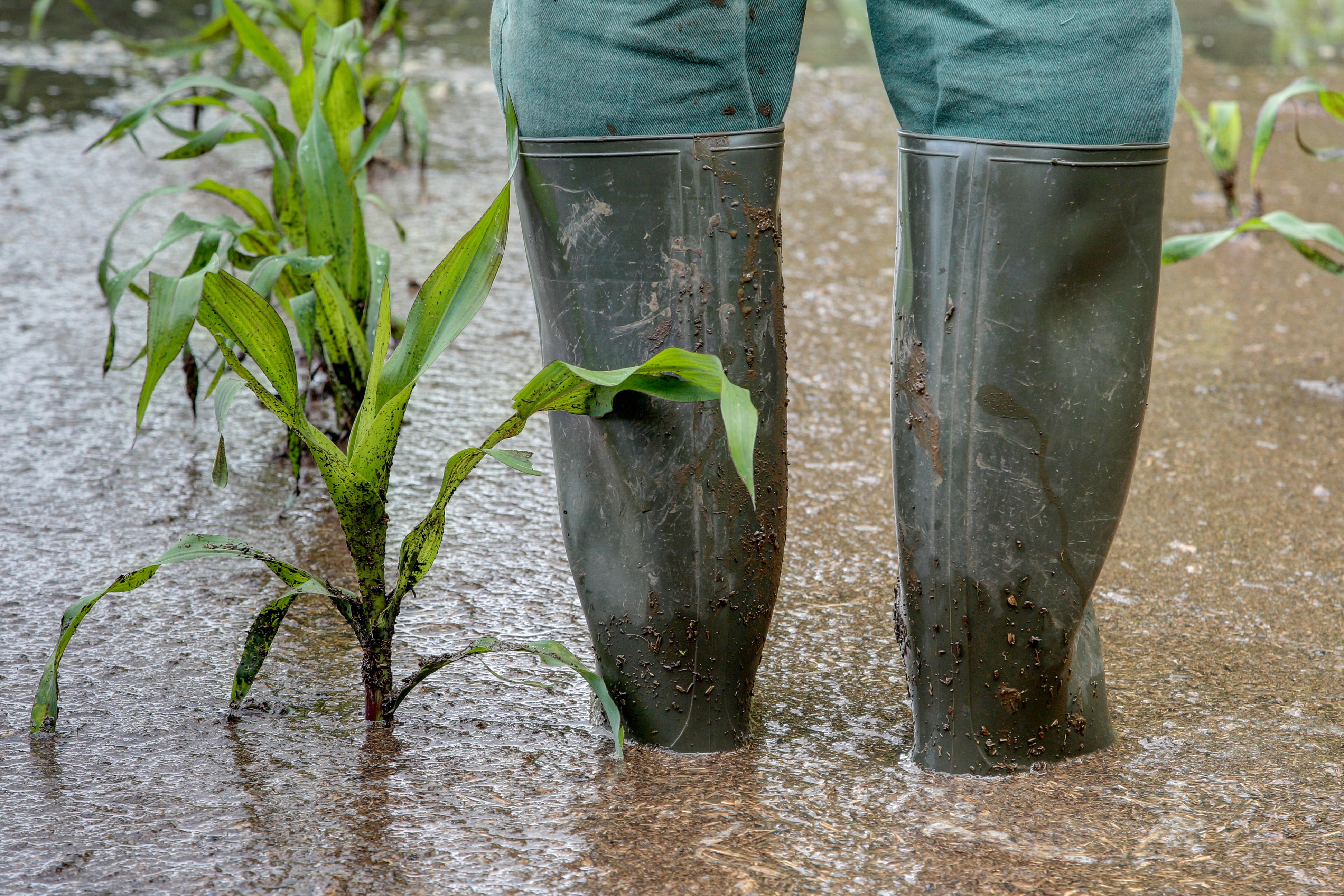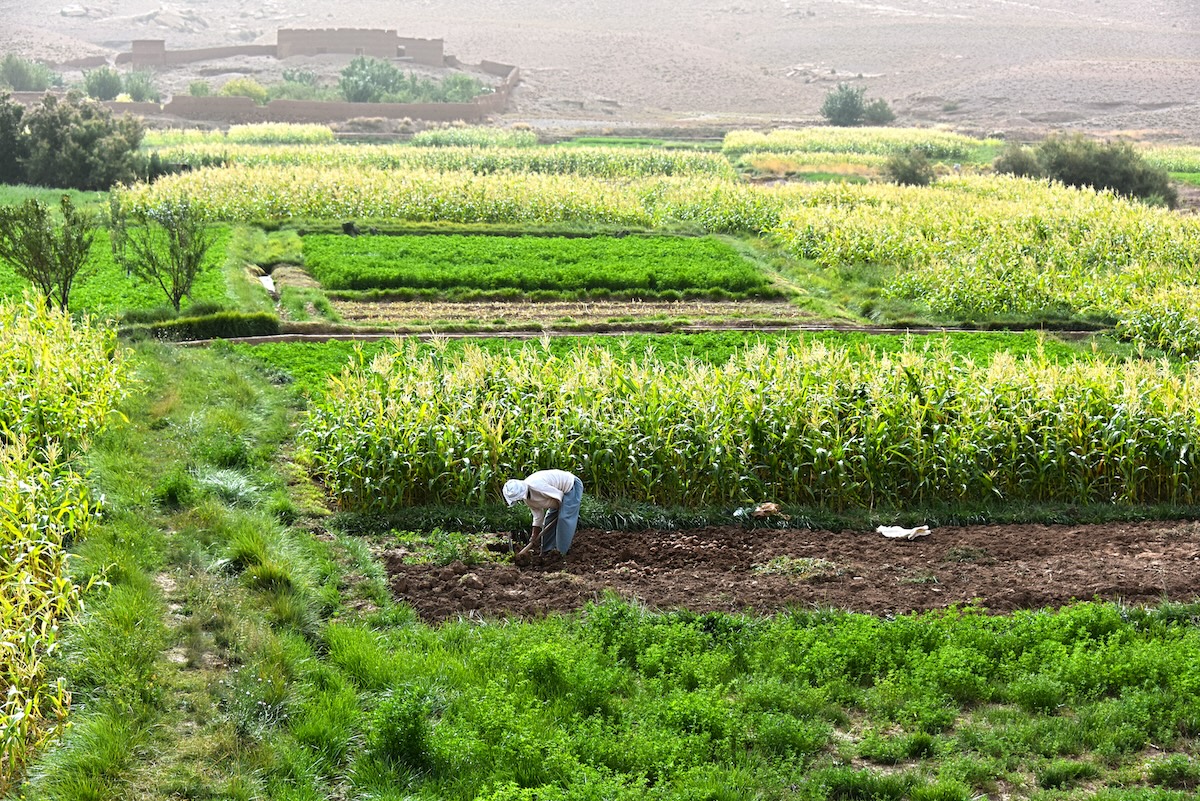Recommended

POLICY PAPERS
Pull finance can catalyze climate funds towards cleaner solutions that address technology and efficiency gaps in poorer countries
Living up to the challenge of limiting global temperature rise to 1.5°C, especially after meagre emission reduction outcomes at COP 27, will not only require much more finance but also much more effective climate finance—from both the public and private sectors. The world will need to develop new technologies and scale up their use quickly.
Previous work by Ranil Dissanayake and Bernat Camps made the case that pull finance—using financial incentives to encourage the development or adoption of solutions—is an underutilized tool with the potential to address the globe’s climate crisis while supporting economic development. They also proposed a structure for an international finance facility to which donors could contribute.
But, as they argued, the success of any pull financing mechanisms will depend crucially on the details of the mechanism managing it. Given this hasn’t been tried before, what would pull finance projects under this facility actually look like?
In a new CGD policy paper, we answer this precise question. We take two potential applications of pull finance in the climate arena—cleaner cooling and alternatives to stubble burning— and layout initial ideas of how the details of these mechanisms could work.
Cleaner cooling: Pull finance to jolt the AC market and bridge the efficiency gap
As populations in low- and middle-income countries become larger and acquire greater purchasing power, and as the world becomes warmer, the growing demand for air conditioning in these countries is increasingly contributing to greenhouse gas (GHG) emissions. Even as cleaner technologies have been developed, GHG emissions from cooling have tripled since 1990, and are expected to triple again by 2050, as cleaner technologies fail to reach poorer countries, where demand is growing fastest.
But this does not have to be the case. Producing cleaner air conditioners is not all that more expensive than producing standard ones. Producers just need a jolt to switch their production lines, and an advance market commitment can do just that. We propose paying producers if they meet an ambitious minimum threshold of sales of cleaner cooling solutions (whether they be ACs or alternative technologies). By looking specifically at the Indian market, we project that an investment of between US$200 million and US$375 million could achieve reductions in emissions at a cost of US$21 to $40 per tonne of CO2, which is highly cost-efficient when compared to existing options. More importantly, our projections demonstrate that this would lead to a new equilibrium, in which cleaner ACs would have virtually replaced standard ACs in the market.
Alternatives to stubble burning: Coming up with better, affordable, and sustainable solutions through Advance Market Commitments
The case of stubble burning is entirely different as it is a practice that should be replaced altogether. By some estimates, this agricultural practice accounts for about 10 percent of global GHG emissions, causes health problems, and damages soil but has been particularly challenging to displace despite efforts at developing new technologies and encouraging take-up—primarily because new solutions are less user-friendly or more costly compared to burning.
We propose paying providers who develop products or services that reduce stubble burning, and offering them a bonus if their interventions continue to reduce stubble burning four years after the program ends. We project that establishing this type of mechanism in India at an investment of $575 million would lead to CO2 reductions at a cost of US$40 per tonne, once again extremely cost-effective when compared to alternatives. Unlike the cleaner cooling case, this pull finance mechanism would not be expected to lead to a new market in which farmers pay for the service, but rather, at the competitive rate of $40 per tonne, the solution should be able to receive funding from payment for ecosystem services programs or other climate finance.
Underlying each of these proposals is a great deal more detail: we look at market structures, pricing and payment options, different mechanisms to generate innovator and producer effort, and contracting and result verification details. If you are interested in how to make a mechanism like those we propose work in practice, we strongly advise you to read the full paper.
Using climate finance to incentivize innovation and sustainable solutions
COP 27 acknowledged the need to scale up climate finance to US$4-6 trillion per year. Making efficient use of this funding is an opportunity we cannot afford to miss. Through pull finance, the world can spur innovation and create healthy competition to identify the practical solutions the world needs to continue to improve livelihoods while reducing our emissions.
Disclaimer
CGD blog posts reflect the views of the authors, drawing on prior research and experience in their areas of expertise. CGD is a nonpartisan, independent organization and does not take institutional positions.






